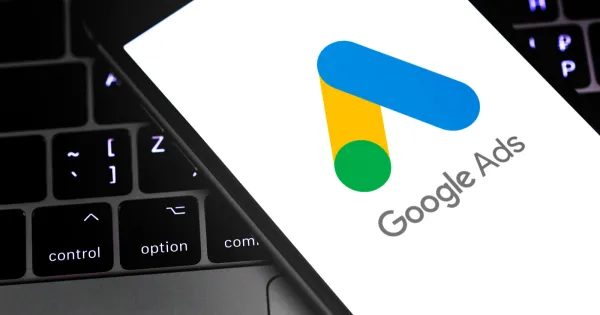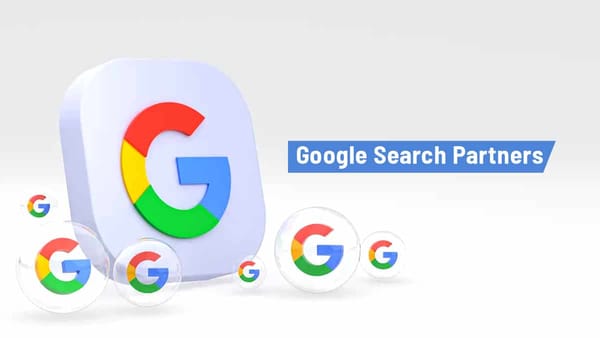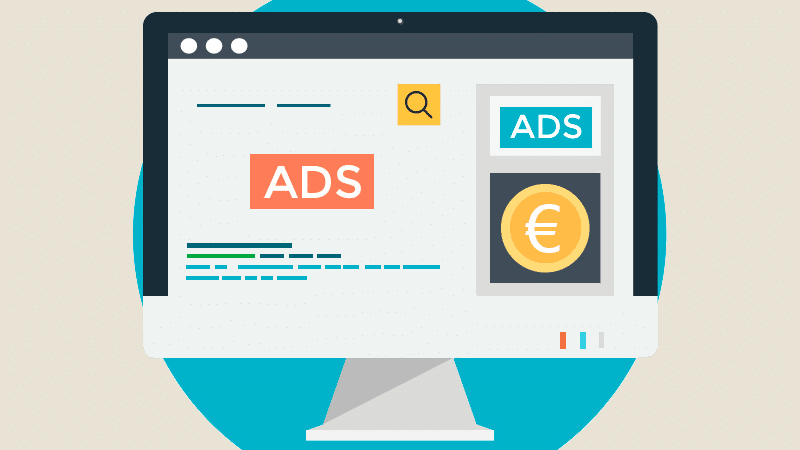When Did Social Media Start? A Look into Its Origins

Introduction
Social media has become an integral part of our daily lives, but its origins date back to a time before platforms like Facebook and Instagram dominated the digital landscape. From simple communication tools to global networks, the evolution of social media reflects advancements in technology and changes in how humans connect. In this article, we’ll explore when social media started and the milestones that shaped its growth.
The Early Days of Social Media
Social media’s roots can be traced back to the late 20th century when the internet was still in its infancy. While the term “social media” wasn’t coined until much later, several early platforms laid the groundwork for the interconnected networks we use today.
- 1970s and 1980s: The Precursors to Social Media
Early forms of digital communication began with bulletin board systems (BBS) in the late 1970s and early 1980s. These platforms allowed users to share messages, files, and updates in a text-based format. Though limited in scope, BBS platforms were some of the first systems to enable virtual interaction. - 1990s: The Rise of Social Networks
The 1990s marked a turning point with the development of the World Wide Web. Platforms like GeoCities (1994) and Six Degrees (1997) emerged, allowing users to create profiles, connect with friends, and share content. Six Degrees is often considered the first true social media platform because of its emphasis on user connections.
The Golden Era: Social Media in the 2000s
The early 2000s saw a surge in the creation of social media platforms that began to resemble the ones we know today.
- Friendster (2002): One of the first platforms to gain widespread popularity, Friendster allowed users to connect based on shared interests and mutual friends.
- LinkedIn (2003): Launched as a professional networking platform, LinkedIn focused on connecting professionals and fostering career growth.
- MySpace (2003): Known for its customizable profiles and music-sharing capabilities, MySpace became the most visited website in the mid-2000s.
- Facebook (2004): Originally designed for college students, Facebook quickly expanded to a global audience and became the leading social media platform.
- YouTube (2005): The introduction of YouTube revolutionized content sharing by focusing on user-generated video content.
The Social Media Boom: 2010s and Beyond
The 2010s were defined by the rise of platforms that emphasized mobile accessibility, visual content, and real-time interaction.
- Twitter (2006): Though launched in 2006, Twitter gained significant traction in the 2010s, becoming a hub for news and real-time updates.
- Instagram (2010): Instagram’s focus on photo-sharing and visual storytelling resonated with users, quickly making it one of the most popular platforms.
- Snapchat (2011): With its unique disappearing messages and playful filters, Snapchat introduced a new way to communicate.
- TikTok (2016): TikTok’s short-form video content and engaging algorithm led to its rapid rise, particularly among Gen Z audiences.
Key Milestones in Social Media History
- First Social Media Platform: Six Degrees (1997) is widely regarded as the first true social media platform.
- The Expansion of Mobile Social Media: The release of smartphones and apps in the late 2000s and early 2010s made social media more accessible than ever.
- The Era of Algorithm-Driven Content: Platforms like Facebook and TikTok began using algorithms to personalize user feeds, increasing engagement.
Why Understanding Social Media’s Origins Matters
Knowing when and how social media started provides valuable context for understanding its current role in society. Social media has transformed from simple communication tools to influential platforms that shape culture, politics, and business.
Conclusion
Social media’s journey began with simple communication networks in the 1970s and evolved into the powerful platforms we use today. From Six Degrees to TikTok, each milestone in social media history reflects technological innovation and changing user preferences. By understanding its origins, we gain a deeper appreciation for the tools that connect us in today’s digital world.




